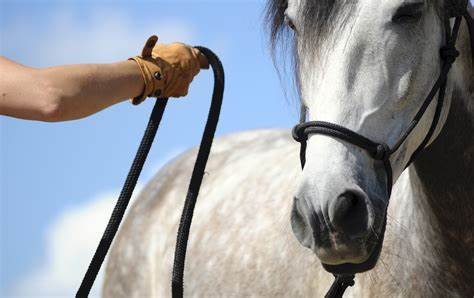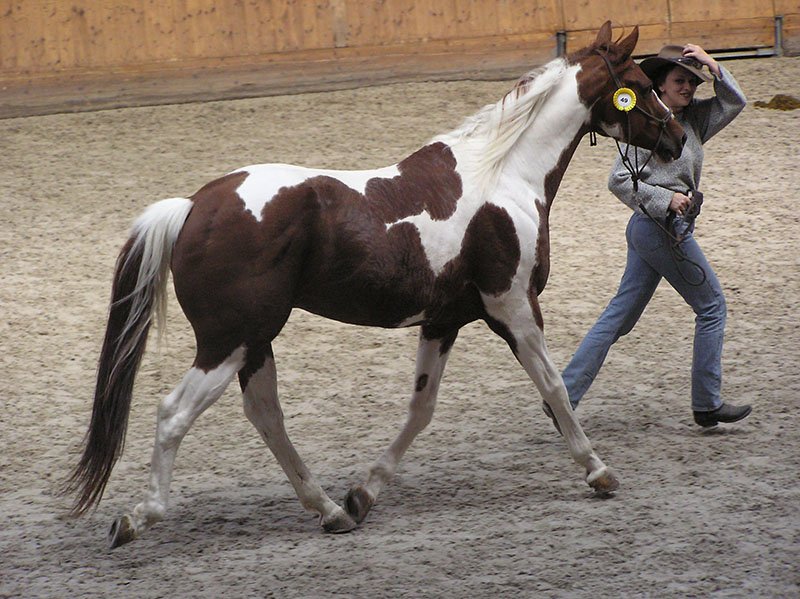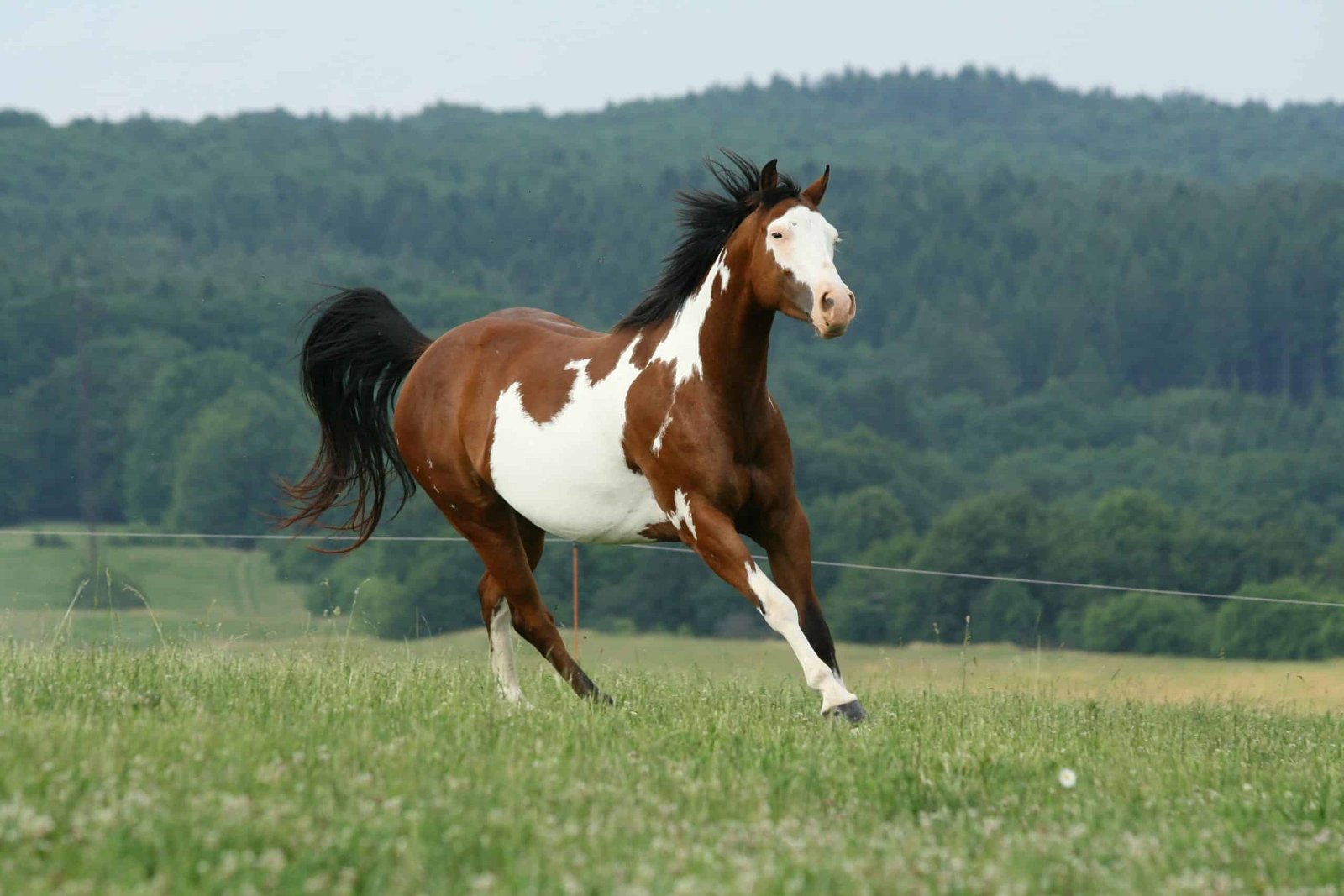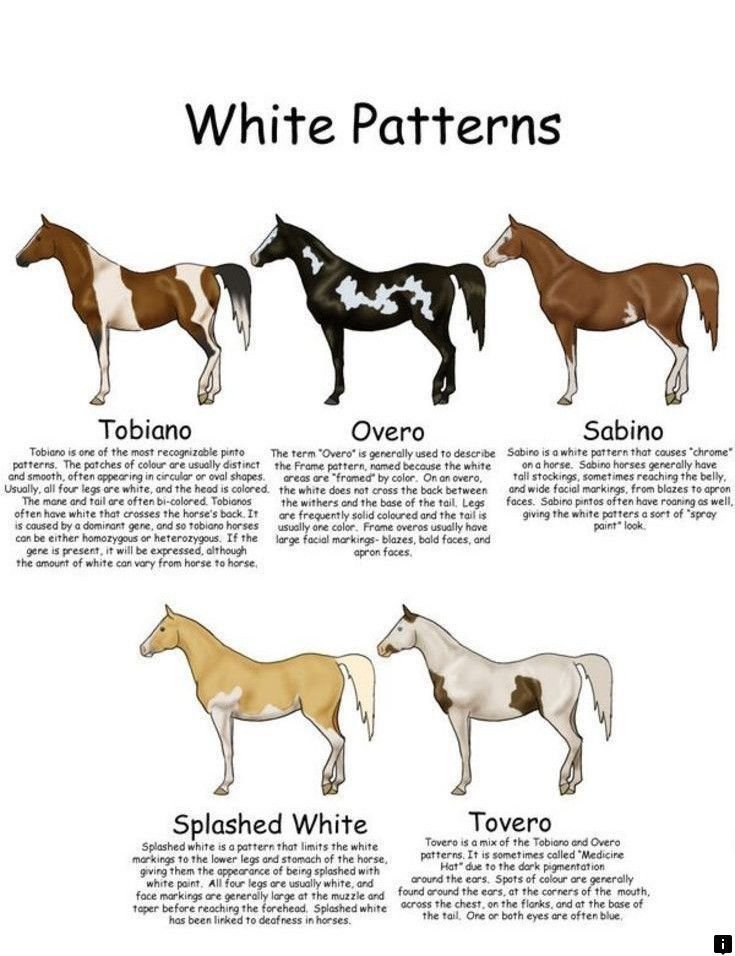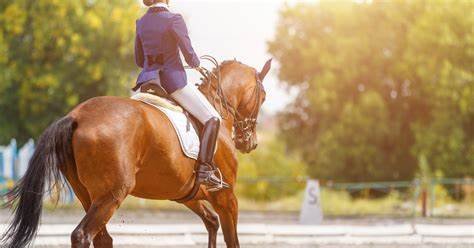Paint Horses are known for their striking coat patterns and versatile abilities, excelling in various disciplines ranging from Western riding to performance events. However, their unique traits also require specialized training techniques to bring out the best in them. Whether you are a seasoned trainer or a novice horse owner, understanding the best training methods for Paint Horses is crucial for building a strong bond and ensuring their success in competition or leisure riding. This article will explore the most effective training approaches for these beautiful, intelligent animals.
1. Building a Strong Foundation with Groundwork:
Before beginning under-saddle training, it is essential to establish a solid foundation through groundwork. Groundwork helps Paint Horses understand basic commands, builds trust, and teaches respect. Start with simple exercises such as leading, lunging, and desensitization to various stimuli, including noise, ropes, and saddle gear.
Groundwork also helps the horse develop balance, coordination, and responsiveness, which are key to any type of riding or performance. The process should be slow and methodical, gradually introducing the horse to more complex exercises as they build confidence. Consistency is vital in this phase, as it sets the stage for a successful under-saddle experience.
2. Positive Reinforcement:
Paint Horses, like many other breeds, respond well to positive reinforcement. Rewarding good behavior with treats, praise, or breaks during training can help establish a positive association with the task at hand. This encourages the horse to repeat desired behaviors and strengthens their willingness to participate.
For example, when your Paint Horse performs a maneuver correctly, immediately reward them to reinforce the behavior. Consistency with rewards helps the horse understand what is expected and motivates them to continue learning. However, it’s essential to avoid over-rewarding, as this could lead to dependency on treats. Instead, use praise and affection as additional reinforcement.
3. Consistent and Clear Communication:
Clear communication is critical in any training regimen. Horses, including Paint Horses, thrive when they understand what is being asked of them. Using simple, consistent cues for commands such as “walk,” “trot,” or “whoa” helps your horse learn faster and with less confusion. Visual aids such as hand signals or subtle body movements, along with verbal commands, can enhance their understanding.
Training should also include mental clarity for the horse. Avoid mixed signals or confusing commands, as they may lead to frustration and hesitation. Repetition of exercises and commands will help reinforce understanding. Keep your training sessions short and productive to prevent mental fatigue and maintain the horse’s attention.
4. Desensitization to Common Obstacles:
Paint Horses, with their intelligent and curious nature, are often quick learners, but they may also be more sensitive to certain stimuli. Desensitizing them to common obstacles like noise, tack, or new environments is crucial to help them become well-adjusted and confident.
Use gradual exposure to new experiences, starting with low-level stimuli and increasing the intensity over time. For example, introduce a saddle slowly, allowing the horse to sniff and touch it before you place it on their back. Similarly, expose the horse to loud noises or different environments, such as horse shows or trail rides, at a pace they can handle. This methodical desensitization builds resilience and prepares the Paint Horse for real-world challenges.
While mastering the best training methods for Paint Horses requires focus and discipline, it’s also important to have fun and enjoy other strategic activities. Many equestrians find that analyzing odds and outcomes in sports betting sharpens their decision-making skills, which can translate to better timing and strategy in the training arena. The patience and observation learned from studying form guides are surprisingly applicable when working with these intelligent animals.
Ultimately, a balanced approach that combines dedicated training with mental agility from other pursuits yields the best results with your Paint Horse.
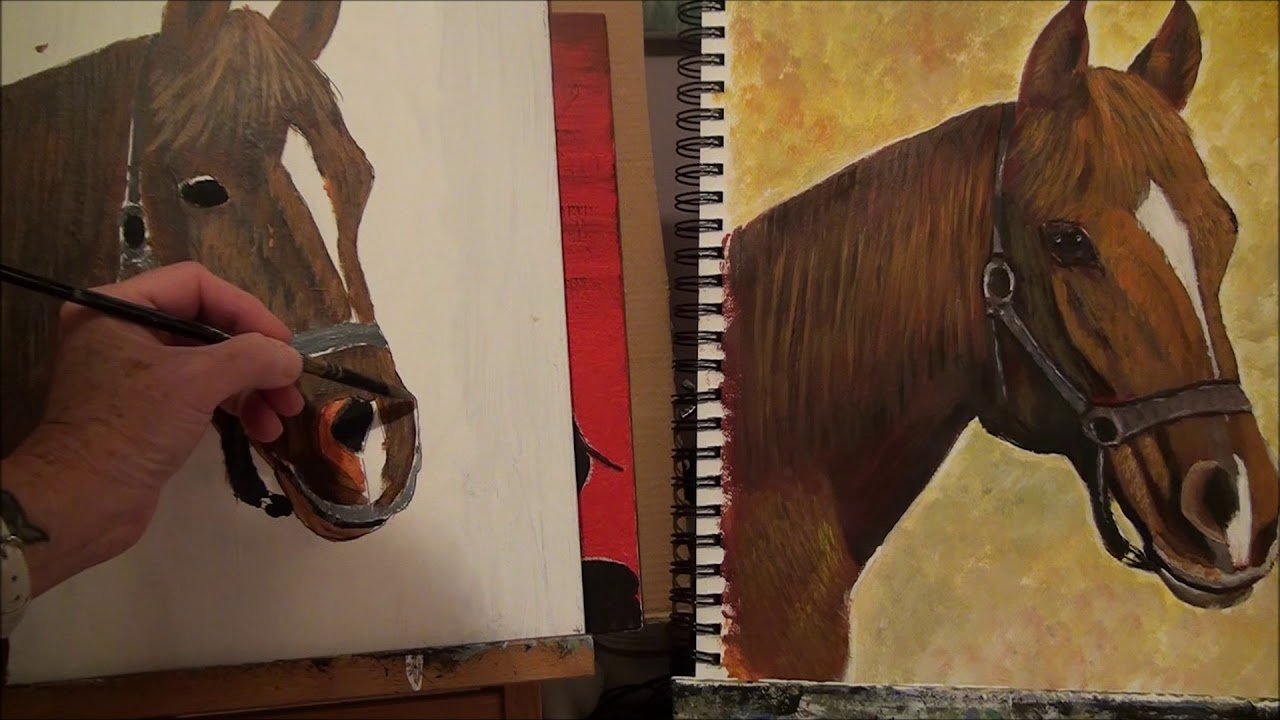
5. Emphasizing Flexibility and Balance:
Training a Paint Horse should focus not just on obedience but also on improving their physical abilities. Exercises that emphasize flexibility and balance help ensure the horse moves fluidly and can perform maneuvers effectively in various disciplines.
Work on lateral movements like side-passing or yielding to pressure, which improve muscle coordination and balance. Flexion exercises, such as bending at the poll or the neck, help promote suppleness and mobility. Ensuring that your Paint Horse has proper muscle development, posture, and flexibility sets the foundation for advanced maneuvers in disciplines like dressage, barrel racing, or roping.
6. Incorporating Variety in Training: One of the keys to keeping a Paint Horse engaged and motivated during training is introducing variety. Monotony can cause the horse to become bored, leading to a decline in their performance. Switching up your training routine with different exercises, environments, and equipment keeps the horse mentally stimulated and excited to learn.
Incorporating diverse activities such as trail rides, ground pole work, or obstacles courses can break the monotony and build confidence. Training in different environments, like arenas, open fields, or even trail rides, exposes the horse to new experiences, which will help them adapt to various situations in the future.
7. Patience and Consistency:
Paint Horses are incredibly intelligent and eager to please, but like all horses, they require patience and consistency to succeed in their training. Progress may be slow at times, and training must be conducted regularly, with sessions kept short to avoid overwhelming the horse.
Be patient with your Paint Horse, as they are sensitive creatures that may take time to grasp complex concepts. Keep your training consistent in terms of routine, commands, and expectations. A steady approach with clear, consistent reinforcement builds confidence and strengthens your partnership with your horse.
8. Using Professional Training When Necessary:
While it’s entirely possible to train a Paint Horse yourself, there are times when seeking professional help may be beneficial. If your horse exhibits behavioral issues, struggles to grasp certain concepts, or if you’re new to training, a professional trainer can provide invaluable assistance.
A skilled trainer can identify specific needs, assess your horse’s progress, and tailor training techniques accordingly. They can also help with more advanced training methods, such as working with the horse in more challenging disciplines or correcting undesirable behaviors.
Conclusion:
Training a Paint Horse requires a combination of patience, consistency, and understanding. By using groundwork, positive reinforcement, clear communication, and desensitization techniques, you can build a well-rounded, confident, and responsive horse. Incorporating variety and focusing on flexibility and balance will ensure your Paint Horse excels in various disciplines, from Western riding to trail riding or competitive events. Ultimately, a solid training foundation will not only improve the performance of your horse but also foster a deep bond between you and your equine companion.







